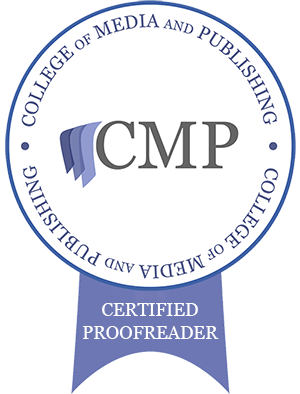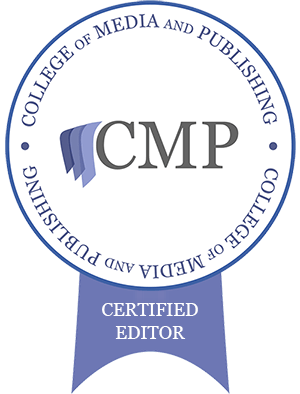
Personality Traits
Every character is a person (even if they’re not human!) and that means they have a personality that is uniquely theirs. Just like in real life, everyone has a handful of personality traits that dictate how they behave, how they speak and how they react to situations. For your main and supporting characters, you need to flesh this out quite a bit to make them real people that your readers will love, or love to hate, or feel some kind of way.
There needs to be a balance too. Personality traits can be generally divided into positive and negative traits. Every character should have some of each kind. Yes, your good guys need to have negative traits, and yes, your villains need to have positive traits. Don’t treat this as a box-ticking exercise either, the traits need to feel realistic and make sense in the context of your character’s history.
Where Do I Start?
Think about the characters role in the story. Are they a protagonist, with a goal to reach by the end of the plot? What is their goal? What do they need to overcome to achieve this goal? Then you can think of what traits they should have in order to attain this goal. Are they determined, so they will stop at nothing to reach their goal? Are they analytical, meaning they will assess and calculate the best plan possible? If they need help from someone, are they friendly and charismatic enough to convince this person to help them out?
Remember that even positive traits will have some downsides. Someone who is very determined can also be stubborn, refusing to change things based on new information or advice. Someone who is very friendly might not endear themselves to someone who is very antisocial and wary of strangers. Relate it back to the character’s history as well. Why are they so determined? Why are they so suspicious?
Negative traits can also have upsides. A character who is very suspicious and mistrustful will be harder to take advantage of or fall into a trap by trusting someone. The downside is obviously that they are very guarded and find it hard to form relationships with other people. This kind of trait comes from a past where they have been betrayed by people they trusted or mistreated by a parent or partner.
How To Show Personality Traits
When you’re writing prose, you obviously don’t want to list the traits of your character when you first introduce them. Remember what I talked about before, about introducing a new character. This is where the old ‘show, don’t tell’ advice comes into play. Personality traits will come with associated behaviours and responses. A mistrustful person will ask questions and not take what people say at face value. They will keep people at arms length and avoid revealing much personal detail in conversations.
Someone who is friendly will make small talk with people. They will speak kindly, offer up some information about them freely and make a point of remembering people’s names. They will smile a lot and have open body language, keep their promises and stop to help someone without being asked.
Tone of voice and language choices will indicate personality traits in dialogue. People who are shy will speak quietly, hesitate and use filler words or sounds a lot more and will avoid speaking up in a group situation. A character who is surly and grouchy will snap at people, use one-word responses and commonly be sarcastic and snarky.
Remember that your characters may change over the course of the story and this should be reflected in how they act. One of the major plot points should be your protagonist overcoming a major character flaw in order to reach their goal. It might also be a big thing for your antagonist to overcome their negative traits in some way and see the error of their ways.
Resources and Methods
There’s a ton of good resources out there to help with this aspect of character creation. There’s also a few ways to approach character creation, so you should find the one that works best for you. It might help to plan out the character’s background a bit first. Then you can make a list of their positive and negative traits, relating them to early experiences and even making notes on behaviours and how they speak which will show these traits. You can then refer back to these notes when you are writing to make sure you are staying in character. It’s also important to compare these lists for your characters to highlight possible sources of conflict or relationship development between them that you can include in your writing. Because it’s not fun if the characters get along perfectly well all the time!
A few resources I have found are readily available online. There’s a series of books available as ebooks called Writers Helping Writers, by Angela Ackerman and Becca Puglisi. The Negative Trait Thesaurus and the Positive Trait Thesaurus are both really useful for this. There are chapters discussing how to write and use these traits for your characters and how to build characters, as well as a huge list of traits with definitions, possible causes, behaviours, thoughts, emotions, positive and negative aspects and examples. They also cover how a character can overcome a flaw and how a trait might cause conflict with other characters. These are so useful, and they have a bunch of other books covering settings, emotions and obstacles. I highly recommend them. You can check out their site here and find links to purchase their books. (Not an affiliate ad! I just really find their books helpful.)
Conclusion
Thank you for reading. I hope this has been a helpful introduction into personality traits and how to choose them. A good well rounded personality makes for a great and engaging character to read about. On Friday, we’ll take a look at relationships between characters, because as the saying goes, “No man is an island.” Subscribe below to get notified when that post goes live. Until next time!




Leave a Reply